Back in August, ASUS launched two new ZenBooks that had a two screens and I was honestly excited as to what this can give you in terms of productivity and workflow.
ASUS sent me the 15-inch ZenBook Pro Duo UX581 to test out. If you haven’t heard of this revolutionary laptop, it is basically portable powerhouse targeted at professional use. It retails at S$4,998 so just imagine the power you’re getting for this device. And of course it comes with a second screen built right into the laptop.
Before we dive deeper into this review, we need to understand that this laptop is not meant for the average individual who uses it for occasional light video or photo editing. This laptop is loaded with top internals and you can check out all the impressive specs here.
Unboxing
Out of the box, you’ll get the following items:

- ZenBook Pro Duo UX581
- 230W power adapter
- Palm rest
- ASUS pen
Build quality and design
As with all ZenBook line products, the ZenBook Pro Duo employs their traditional concentric-circle design with a spun metal finish. The ASUS logo is flushed on the right side of the laptop. You get only one color option – Celestial Blue, which is a pretty dark navy blue with a tinge of green in it.

The ZenBook Pro Duo weighs in around 2.5kg and measures 2.3cm thick.
Overall, the laptop feels like it is built like a tank, chunked up with aluminium parts with modern looking diamond cut edges.
Display

There are two displays, so allow me to begin with the main display. The main display is a 15.6-inch 4K OLED panel with 100% DCI-P3 color gamut. Bezels are also pretty slim, resulting in a screen-to-body ratio of 89%. The 100% DCI-P3 color gamut makes it super useful if your are getting the ZenBook Pro Duo for professional work and even casual entertainment. The screen is also touchscreen one.
Do note that the main display is a glossy screen so it can be prone to reflections especially when using it outdoors. The screen brightness goes up to around 360 nits.
Overall, the main display is really stunning, sharp and crisp – as expected from a 4K OLED panel.
ScreenPad Plus
The main innovation of this laptop is the second 4K display called the ScreenPad Plus. It is located right above keyboard and is also touchscreen enabled. It has a matte display and has a resolution of 3,840 * 1,100 pixels.

But what I can do with the second screen?
The system see the ScreenPad Plus as a second display on ‘extend’ mode. So you can do things like drag and drop. But other than just being a second display, ASUS has also added many functionalities to make it easier for users to make use of the second display.
ASUS tries to suggest you to use ScreenPad Plus the moment you start dragging a window. When you start to drag a window, a contextual menu pops up, giving you three options – (1) sending the window up/down, (2) add it to Launcher, or (3) view the window in ViewMax mode. All you have to do is move the window into one of the three boxes of your selection. I’ll elaborate more on (2) and (3) below.
Launcher is something like a start menu for the ScreenPad Plus. You tap the little arrow icon on the left and it will pop open a small window for you access ScreenPad settings (eg. brightness, Task Group, etc) and quick launch of apps on the ScreenPad. Let’s go through some of the stuff in the Launcher.

Task Group
Task Groups allows you to preset apps to open in an arrangement that you would like. You pre-define up to 5 apps in a Task Group – 2 on the main display, 3 on the ScreenPad Plus. This comes in handy if you want to quickly switch between different workspaces and want to save the trouble of minimising and opening apps. For example, if you work on photo editing and report writing, then you can a Task Group dedicated to each task.
Task Swap
Task Swap allows you to switch screens while maintaining the window placement.
App Switcher
Native app switcher that shows all the windows open on the ScreenPad Plus. Not exactly sure how useful that will be since you probably won’t be putting a lot of windows on the second screen, but it’s there if you need it.
Keyboard Lock
This allows you to disable the keyboard. This function will come in handy when you are sketching on the ScreenPad Plus and do not want any unintended key presses. ASUS also included a stylus in the package for you in case you want to sketch or draw on either screens.
ViewMax is a mode whereby your window is expanded across both screen. I guess this is useful if you want to view you window in a kind of square-ish ratio (3,840 * 3,260 pixels). ViewMax would look even better if ASUS had managed to slim the chin bezel even more such that both screens look like one single display.
How useful is the ScreenPad Plus?
To answer that question, it really depends on your current workflow. Do you wish that you had a second screen for quick reference instead of Alt+Tab-ing away? It really depends on each individual.
Right off the bat I don’t think you can really do much work on the second screen because of how the application will scale downwards to fit the smaller screen. But what I believe the ScreenPad Plus is really useful is removing clutter and allowing you to organise your workspace for more efficient workflows.

How I would usually setup my screens on the ZenBook Pro Duo was to have the main display on the primary task I am working on (for eg. writing the MOFT X review). The ScreenPad Plus then displays certain reference materials (eg. another website) or apps that I like to have a view on (eg. Instagram, Spotify). By doing so, whenever I want to look at a certain paragraph or skip a song, I can do so by tapping with my finger without bringing up a new window on my main display.
And well, if you’re in class and do not want the student or teacher behind you to catch you watching last night’s EPL highlights, you can always watch it on the ScreenPad Plus.
If you do work on video or photo editing, then the ScreenPad Plus can be an area where you move your timelines, media, editing tools there so that you can have your main display on the subject of your project.

Keyboard and trackpad

The keyboard is now shifted to the left side of the laptop to make space for the ScreenPad Plus. The backlit keyboard is great to type on due its nice key travel which provides a crisp feedback when typing.
Since the keyboard is now flushed to the bottom left edge, your palms now do not have a place to rest so it can a little tiring typing. ASUS understands this problem so they threw in a palm rest which provides nice support and makes typing easier. It would have been nice to see the palm rest magnetically attached when you put it close the laptop.
ASUS also added some shortcut keys to the keyboard such as Turbo Mode, Task Swap, ScreenPad Disable.

As for the trackpad, it now located on the bottom right edge of the laptop. If you’re a right hander then the overall layout – keyboard on the left, trackpad on the right makes sense because that’s how our hands would be when we’re using a keyboard and a mouse.

The trackpad also comes with NumberPad which works great whenever I am doing number crunching tasks in Excel. There are small annoyances such as the ‘Enter’ button not being at the extreme right side like usual keyboard meant that my muscle memory will tap on the ‘+’ instead on ‘Enter’. Other than that, the trackpad is very good since is a Windows Precision TouchPad so it is responsive and accurate.
However, the trackpad is unfortunately quite small at just 8.5cm * 2.6cm so sometimes I do end up performing a right click rather than a left click, and you can’t move your cursor for the left edge of the screen to the right in one swipe across the trackpad.
Ports selection
On the left, you have the DC-power in, full size HDMI 2.0 (support for 4K 60Hz) port, USB-A (supports USB 3.1) port. And on the right, you get another USB-A port, headphone jack, and a USB-C port that supports Thunderbolt 3. Do note that you cannot use the USB-C port for charging.
For a laptop designed for creative professionals, the lack of a full size SD card slot is surprising. Also, there should have been more USB-C ports that USB-A.
Performance
- Intel Core i9-9980HK
- 32GB 2,666MHz DDR4
- NVIDIA® GeForce RTX™ 2060
- 1TB PCIe 3.0 x4 NVMe SSD
Performance is as expected from the high-end specs as shown above CPU performance of its i9 processor is great. Having a i9 process requires very good cooling solution in order to sustain the high clock rates, if not it will just throttle. The ZenBook Pro Duo with it ErgoLift and large fans outlets were able to provide consistent performance without much throttling.

Running many tabs on Chrome, with Photoshop and Premiere Pro in the background, the ZenBook Pro Duo handled with ease and no lag.
If you must know numbers, then running a PCMark 10 Extended Test got a score of around 6512. I also encoded a 4 minute 4K video (.ts format, HEVC codec) on Handbrake to 1080p and it took around 6 min and 9 seconds.
When rendering video files or doing an intensive work, the fans do kick in but not too loud to make you feel “bothered in the library” kind of loud. Heat dissipation is generally at the sides do not get too hot.
Battery and speakers
Battery is a 71Wh 8-cell rechargeable Li-Polymer battery pack. With two displays and an i9 processor, battery life is the biggest weakness of the ZenBook Pro Duo. Based on my usage, I was getting average of around 4-5 hours.

As for speakers, they sound just okay giving you a balanced audio experience, with little sub bass response. They do not get very loud at full volume maybe because the speakers are downwards facing. To draw comparison, the 2017 iPad Pro at full volume is almost 1.5x louder with a fuller sound.
Conclusion
The ZenBook Pro Duo is a new concept and innovation targeted at creative professionals. The second display on the ZenBook Pro Duo is a pretty good implementation. If tuned right, it can really add productivity to your work flow. Other than a second display, the beefy specs of this laptop gives you so much raw power that should be able to handle any creative work.
If you’d like to see the ZenBook Pro Duo to used on music editing and video editing on Premiere Pro, you can check out Consordini‘s video here as well.
Some might think that they might as well purchase a portable screen as their second display. That is true and would be more cost effective. However, you would be giving up useful features like Task Group, touch enabled screen, and also lose portability (since the second screen will take up more space), and of course the seamless integration in one device.
What ASUS is offering is a unique experience that provides you with lots of flexibility with how you want to organise your workflow. Ultimately is is up to the individual to decide if they would benefit from the ScreenPad Plus experience.
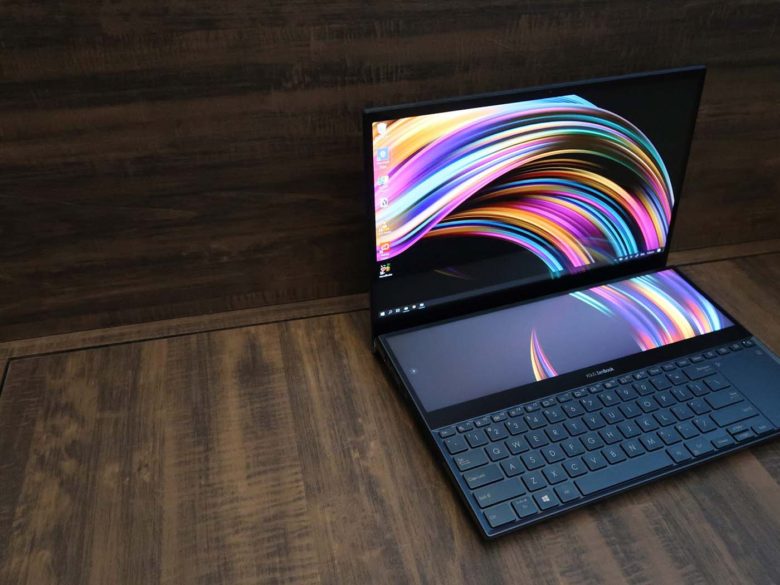

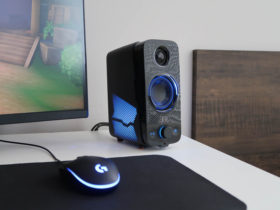
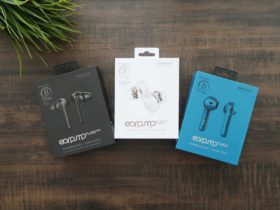
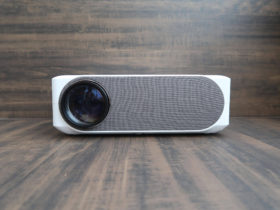

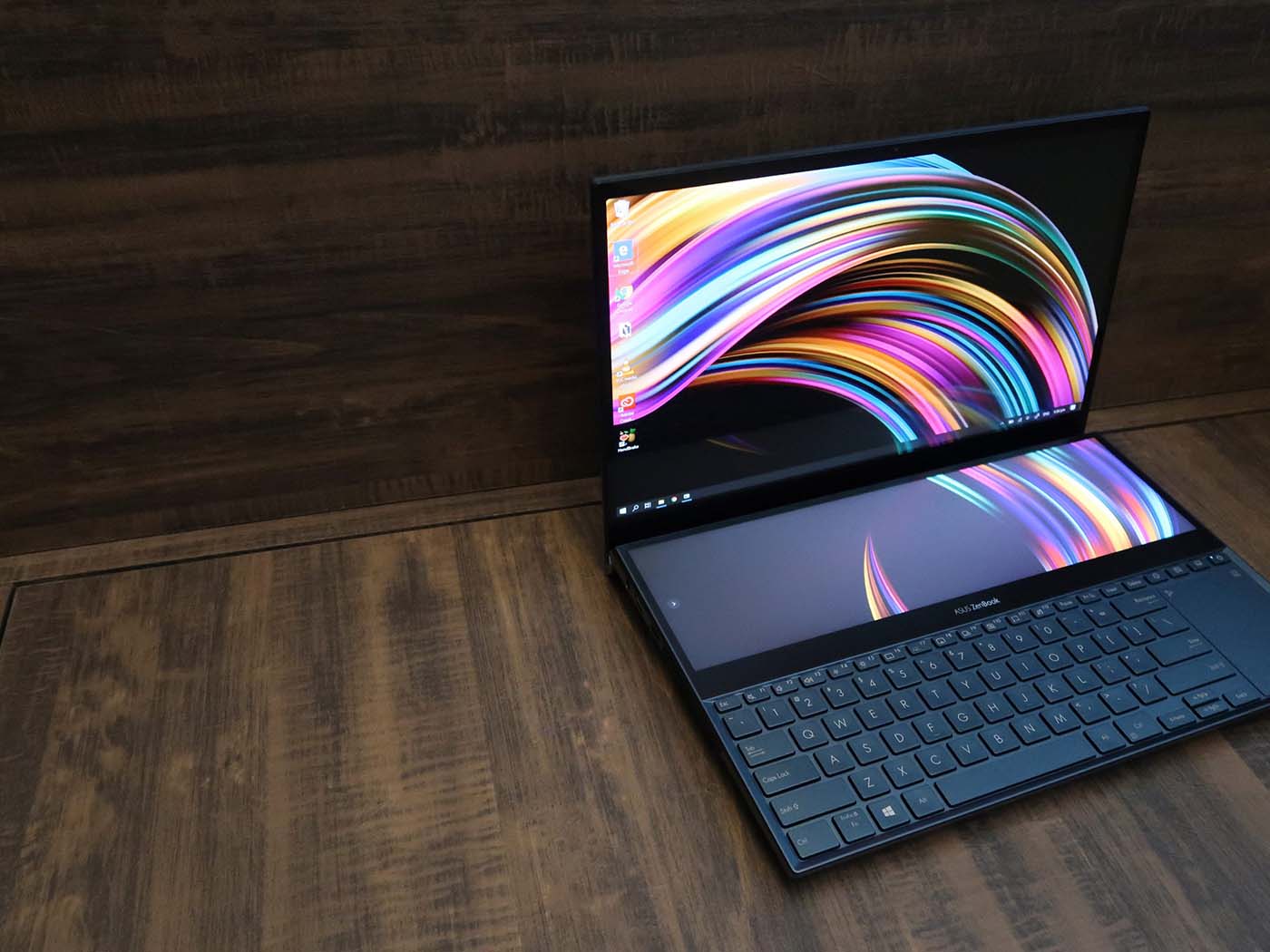



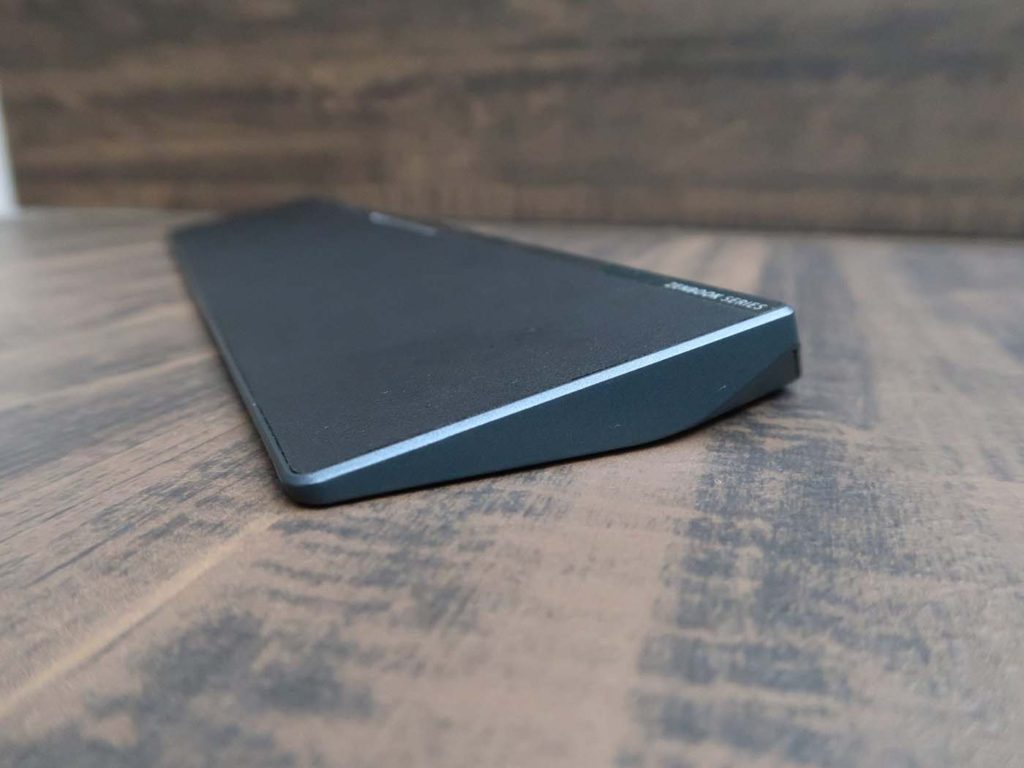
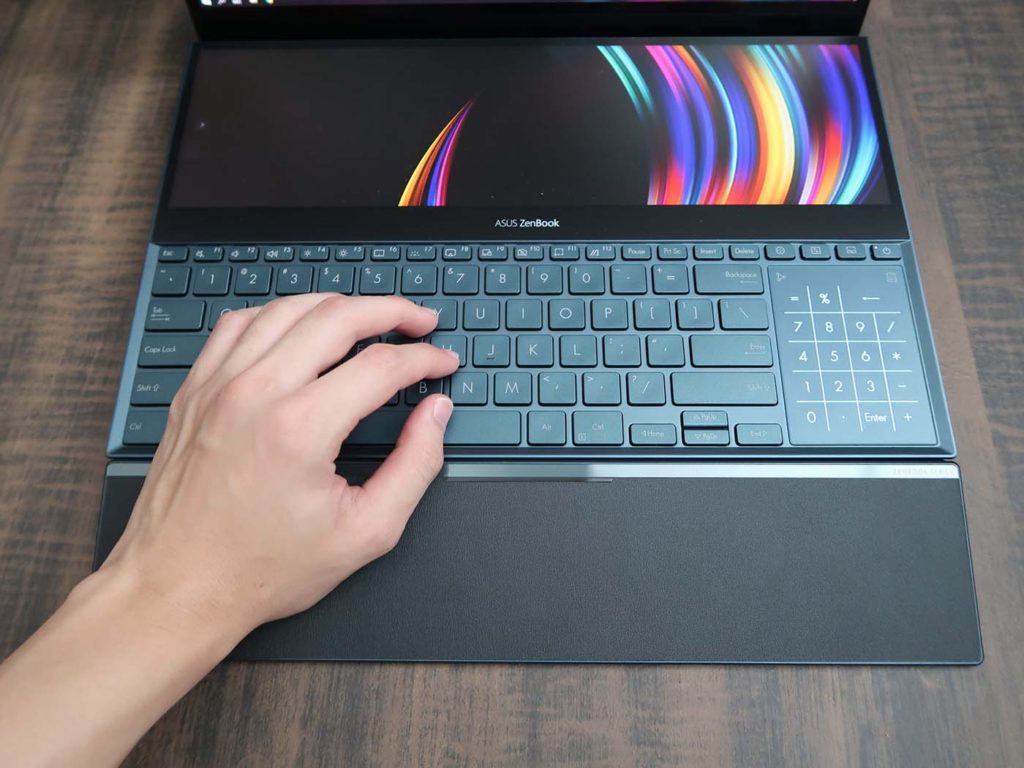






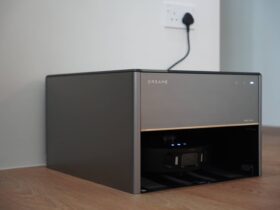
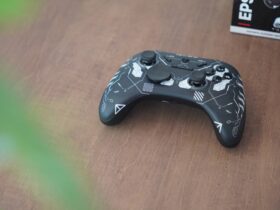
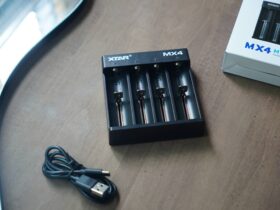
Leave a Reply